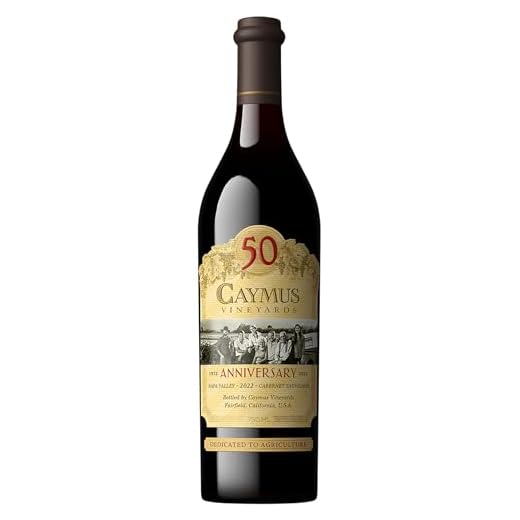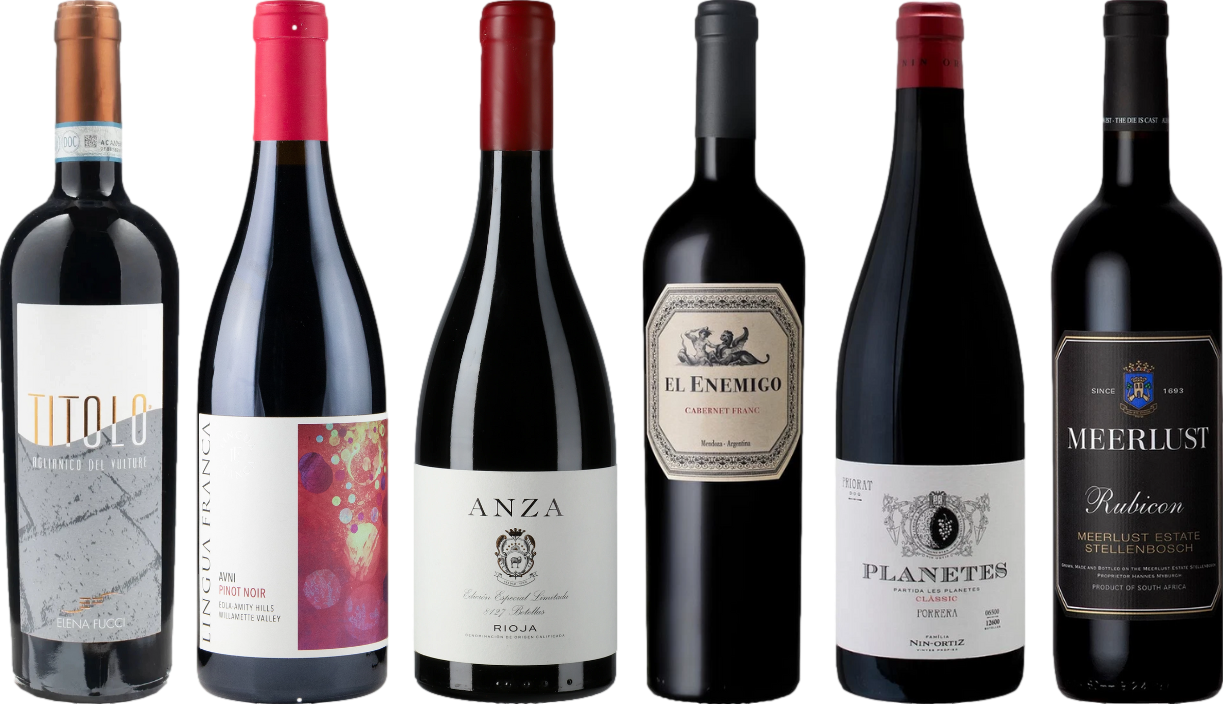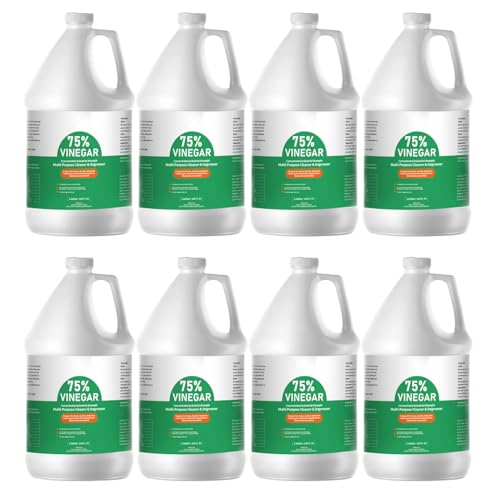

Absolutely not. The varietal in question is well-known for its rich, bold flavors and is a staple in the red category. Its character is shaped by dark-skinned grapes, which impart a deep hue and complex taste profile, often featuring notes of blackcurrant, plum, and spices.
For those curious about the characteristics of this particular grape, it’s important to note that its tannins and acidity contribute to a full-bodied experience, making it a favorite among red wine enthusiasts. Pairing with hearty dishes like grilled meats or rich sauces enhances its robust flavors and creates a harmonious dining experience.
Understanding the differences between red and white types can significantly enhance your appreciation of wines. The processes involved in their production, including fermentation techniques and aging methods, contribute to the distinct qualities that define them. This variety is not only versatile but also offers a range of styles, from fruity and approachable to complex and age-worthy.
Is Cabernet Sauvignon a White Wine?
No, this variety is not classified as a pale beverage. It’s recognized for its deep color and robust flavor profile, typically showcasing dark fruit notes and often accompanied by tannins. Its origins trace back to Bordeaux, France, and it has become a staple in many vineyards across the globe.
Characteristics
- Color: Predominantly dark red to purple.
- Aroma: Commonly features blackcurrant, plum, and sometimes hints of green bell pepper.
- Texture: Known for its full-bodied structure and firm tannins.
Serving Suggestions
- Pair with grilled meats, hearty pasta dishes, and rich cheeses.
- Opt for a decanting period to enhance its flavors and aromas.
- Serve at a temperature between 60-65°F (15-18°C) for optimal enjoyment.
For those seeking to explore options beyond traditional selections, consider blends featuring this variety, which can offer diverse tasting experiences while maintaining the signature characteristics of this grape. Always look for reputable producers to ensure quality and authenticity in your selections.
Understanding the Basics of Wine Color
Wine color is primarily determined by the grape’s skin and the winemaking process. Red varieties have thicker skins that impart color during fermentation. In contrast, the lighter options are often produced from grapes with minimal skin contact, resulting in a pale hue.
Red vs. White: The Key Differences
Red options typically exhibit deep colors ranging from ruby to garnet, while the lighter styles are usually pale yellow to golden. The color intensity can indicate the age and quality of the beverage. For instance, younger reds tend to be more vibrant, while older ones might develop brick-like tones.
Factors Influencing Color
Several factors can impact the color outcome. The grape variety, growing conditions, and vinification techniques play significant roles. For example, a longer maceration period allows for more pigment extraction, producing a richer color. Additionally, aging in oak barrels can introduce subtle hues and complex flavors, enhancing the overall experience.
Characteristics of Cabernet Sauvignon
This varietal is renowned for its bold profile and complex characteristics. Expect a deep ruby color, often indicating its rich flavor potential. The aromas typically include dark fruits such as blackcurrant, plum, and cherry, accompanied by herbal notes of bell pepper and mint, providing a distinctive aromatic experience.
Flavor Profile
The taste is characterized by a robust structure, featuring high tannins and acidity, which contribute to its aging potential. Common flavor notes include:
- Black fruit such as blackberry and black cherry
- Earthy undertones, often reminiscent of tobacco and leather
- Spices including black pepper and clove
- Vanilla and oak, particularly in those aged in barrels
Additional Attributes
This varietal thrives in various climates, from warm regions like Napa Valley to cooler areas such as Bordeaux, adapting its flavor profile accordingly. The wine often exhibits a full-bodied nature, making it a great match for rich dishes. Pair it with hearty meals, grilled meats, or aged cheeses to enhance the tasting experience.
When selecting a bottle, consider the vintage and region, as these factors can significantly influence the final product. A well-crafted version can provide a rewarding experience, showcasing the intricacies of this celebrated grape.
Winemaking Process: Red vs. White Wines
The production of red and lighter varietals differs significantly, primarily in the handling of grape skins. For the former, the skins remain in contact with the juice during fermentation, imparting color, tannins, and complex flavors. Conversely, the latter typically undergoes pressing before fermentation, separating the juice from the skins early on.
In red production, maceration is a critical step. Grapes are crushed, and the resulting mixture is fermented with skins, allowing phenolic compounds to extract into the liquid. This process can last from a few days to several weeks, depending on the desired depth of flavor and color.
For lighter varietals, fermentation usually occurs at cooler temperatures, which preserves fresh, fruity characteristics. The juice is often fermented in stainless steel tanks to enhance crispness and aromatic qualities, avoiding the heavy oak influence common in some red varietals.
| Aspect | Red Varietals | Lighter Varietals |
|---|---|---|
| Skin Contact | Extended during fermentation | Minimal or none |
| Fermentation Temperature | Higher, to extract color and tannins | Lower, to retain freshness |
| Barrel Aging | Common for added complexity | Less frequent; often stainless steel |
| Flavor Profile | Bold, rich, and tannic | Light, crisp, and fruity |
Understanding these differences in production techniques helps in appreciating the unique qualities of each type. When selecting a bottle, consider the winemaking process that aligns with your taste preferences, as it greatly influences the final profile in your glass.
Common Misconceptions About Cabernet Sauvignon
One prevalent myth is that this grape variety can yield only one style of beverage. In reality, it boasts a diverse range of expressions, from bold and fruity to more restrained and earthy profiles. This versatility can lead to confusion, especially among those new to the world of fermented beverages.
Another misunderstanding is that all iterations of this varietal are heavy and tannic. While many examples do exhibit robust tannins, there are lighter versions that can be enjoyed chilled. The climate and region of cultivation significantly influence the final taste, contributing to a spectrum of options available to enthusiasts.
Additionally, some people equate its name with a specific aging process. While oak barrels do enhance complexity, not every bottle undergoes prolonged maturation. A significant number are crafted to be approachable and ready to drink upon release, making them suitable for various occasions.
Moreover, the misconception that this grape is only compatible with rich, meaty dishes is misleading. It can complement a range of cuisines, including vegetarian and seafood dishes, thanks to its acidity and fruit forwardness. Exploring diverse pairings can lead to delightful experiences.
Finally, many assume that this grape variety only thrives in certain regions. While it is famously associated with regions like Bordeaux and Napa Valley, it is cultivated successfully worldwide, from South America to Australia, each location imparting unique characteristics to the final product.
For those seeking to capture the essence of these wines through photography, consider the best compact digital zoom cameras under 200 to showcase their vibrant colors and textures.
Food Pairing: What Goes with Cabernet Sauvignon?
For a rich and robust red, grilled meats are a natural match. Think of a perfectly charred ribeye or a smoky barbecued brisket. The tannins in this varietal complement the protein, while the wine’s fruitiness balances the savory flavors of the meat.
Hearty dishes like beef stew or lamb shanks also shine when paired with this varietal. The depth of the dish enhances the wine’s complexity, creating a satisfying dining experience.
Cheese Pairings
When it comes to cheese, aged cheddar or gouda works exceptionally well. The saltiness of these cheeses harmonizes with the wine’s acidity, making each bite more enjoyable. Avoid overly creamy options; they may clash with the wine’s structure.
Vegetarian Options
For those preferring plant-based meals, consider roasted vegetables or hearty grain salads with nuts. Dishes featuring mushrooms, particularly portobello, can also create a delightful pairing, as their umami notes resonate beautifully with the wine’s profile.
Popular Alternatives: White Wines Similar to Cabernet Sauvignon
For those seeking a taste experience akin to the robust and full-bodied characteristics often attributed to the grape variety in question, consider exploring these alternatives that deliver similar intensity and complexity.
Chardonnay
This versatile grape can range from crisp and refreshing to rich and buttery, making it a compelling choice for those who enjoy depth. Look for versions aged in oak for a more similar experience, with notes of vanilla and toasted nuts that can echo the structure you find in reds.
Viognier
Known for its aromatic profile, this option brings a lush mouthfeel and vibrant floral notes. The stone fruit flavors and spice can provide a unique twist while still offering a satisfying richness that may appeal to fans of the aforementioned variety.








